Understanding singular and plural nouns are one of the basic requirements for understanding nouns. Depending on the number of quantity, nouns are of two types: Singular noun and plural noun. Both singular and plural noun is very easy to spot in the English language. In this article, we will learn the definition, rules, examples and worksheets related to singular and plural nouns.
Singular and Plural Noun Definition
The term singular comes from the term “Single” which means one. So singular noun specifies the names of one person, thing, place, or idea. Plural nouns specify a noun with a quantity of more than one. Both singular and plural specify names and thus nouns. Only the quantity or number makes the difference.
Examples of Singular and Plural Nouns
Let’s have a look at the following sentence; One red color bus is standing in between six green buses. Here, the red color bus is denoting only one bus and its singular. On the other hand, green buses are denoting six green buses; Hence it is plural, and “-es” is added to convert the singular bus to plural buses.
The following table shows a few examples of singular and plural nouns for reference
| Examples of singular and plural nouns | |||||
| Singular | Plural | Singular | Plural | Singular | Plural |
| cat | cats | Lady | ladies | mouse | mice |
| worker | workers | story | stories | foot | feet |
| hawk | hawks | key | keys | ox | oxen |
| place | places | boy | boys | deer | deer |
| rope | ropes | calf | calves | giraffe | giraffes |
| lamp | lamps | chief | chiefs | cliff | cliffs |
| brush | brushes | roof | roofs | loaf | loaves |
| fox | foxes | life | lives | calf | calves |
| monarch | monarchs | fish | fish | way | ways |
| zoo | zoos | sheep | sheep | lily | lilies |
| video | videos | ox | oxen | hero | heroes |
| tornado | tornadoes | quiz | quizzes | highway | highways |
| address | addresses | shelf | shelves | fungus | fungi |
| arch | arches | family | families | diagnosis | diagnoses |
| bug | bugs | oreo | oreos | egg | eggs |
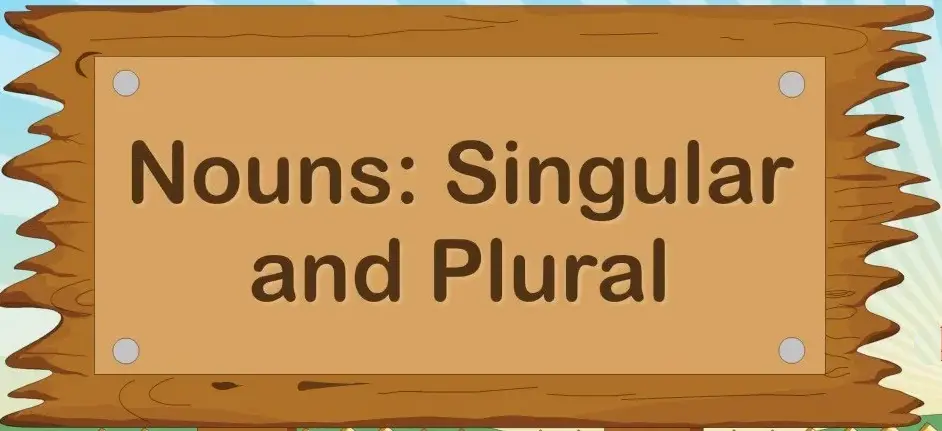
Singular and Plural Noun Conversion Rules
There are a few basic rules for converting singular nouns into plural nouns.
- Rule 1: Add ‘s’ at the end of the singular noun to make it plural. For example, cat=>cats; bird=>birds; pen=>pens; egg=>eggs; nest=>nests.
- Rule 2: For nouns that end in ‘s’, ‘ss’, ‘sh’, ‘ch’, ‘x’, or ‘z’ requires an ‘es’ at the end of the singular noun to convert it into plural. Words ending with ‘z’ needs one extra z before ‘es’. For example, bus=>buses; witch=>witches; quiz=>quizzes (extra z); beach=>beaches; box=>boxes.
- However, when the ‘ch’ at the end sounds like ‘k’, only ‘s’ is added to make it a plural noun. For example, stomach=>stomachs.
- Rule 3: Singular nouns ending in ‘f’ or ‘fe’ need ‘s’ to be added at the end. However, sometimes the ‘f’ is required to be changed to ‘v’. For example, safe=>safes; wife=>wives (f converted to v); roof=>roofs; shelf=>shelves. belief=>beliefs.
- Rule 4: Singular nouns that end with ‘y’ need changing of ‘y’ to ‘i’ before adding ‘es’ to make it plural. For example, baby=>babies; story=>stories; trophy=>trophies.
- However, when there is a vowel (a, e, i, o, u) before ‘y’ then simply add ‘s’ to make it a plural noun. For example, toy=>toys; key=>keys; bay=>bays.
- Again, when the singular noun ending with ‘y’ represents some places or person, only ‘s’ is added at the end. For example, Chakraborty=>Chakrabortys;
- Rule 5: Some singular nouns are the same in their plural noun forms. For example, fish; deer; sheep; etc.
- Rule 6: Singular nouns those end in ‘o’ followed by a consonant, requires ‘es’ for making it a plural noun. For example; tomato=>tomatoes, potato=>potatoes.
- However, there are exceptions like piano=>pianos; halo=>halos. Remember that for the singular noun volcano; both volcanos and volcanoes are correct as a plural noun.
- When the singular nouns have a foreign origin, only ‘s’ is added at the end in its plural noun form. For example, avocado=>avocados; maestro=>maestros
- If the singular noun ending in ‘o’ is followed by a vowel, simply add ‘s’ to form a plural noun. For example, studio=>studios; portfolio=>portfolios.
- Rule 7: When the singular noun ends in ‘is’, the ‘is’ changes to ‘es’ in its plural noun form. For example; Ellipsis=>ellipses; Analysis=>analyses.
- Rule 8: Singular nouns ending in ‘on’ end in ‘a’ in its plural conversion. For example; Criterion=>criteria; Phenomenon=>phenomena.
- Rule 9: When the singular noun ends in ‘us’, the plural noun ends in ‘i’. For example; focus=>foci; cactus=>cacti.
- Rule 10: For irregular nouns, there are no specific rules for conversion into plural form. So, it’s always preferable to learn these words by heart. For example; Man=>men; tooth=>teeth; person=>people; child;=children; foot=>feet; etc.
- Rule 11: There are few nouns that only have a plural noun form. Examples-binoculars, scissors, glasses, jeans, sunglasses, pants, headphones, pajamas, etc.
- Rule 12: Collective nouns that represent a group of nouns are always plural noun in form. Examples: crew, company, audience, team, public, etc.
- Rule 13: In a similar way, Some nouns are always in singular noun form even though they have ‘s’ at their end. Example; Maths, Physics, Classics, Aerobics, etc.
- Rule 14: Singular Nouns with ‘um’ at their end need replacement of ‘um’ by ‘a’ in their plural noun forms. For example, datum=>data; curriculum=>curricula; medium=>media.
- Rule 15: Few singular nouns that end with ‘a’, required changing of this ‘a’ by ‘ae’ for converting into the plural. For example, antenna=>antennae; alumna=> antennae.
- Rule 16: For some singular nouns ending with ‘ex’ or ‘ix’, replace it with ‘ices’ while converting into a plural noun. For example, index=>Indices; appendix=>appendices.
Singular and Plural Nouns Worksheet
Now that you have learned about the rules of singular and plural nouns, let’s practice the following singular and plural noun worksheets to check your understanding of the subject.
Q1. Fill in the blanks with appropriate plural noun forms of the words in bracket.
- The young ________ peel the _________. (lady, vegetable)
- Mother cut the omelet into two __________. (half)
- The cowherd’s ___________walked slowly into the field. (cow)
- The old _____________ are standing at the bus stop. (woman)
- The busy ____________ were cleaning the road. (man)
- My grandpa sharpened the __________ in the kitchen. (knife)
- Rohan’s ________ made pineapple chicken. (wife)
- There were so many beautiful ________ in Uttarakhand. (valley)
- The ________played happily with ________. (mouse, cheese)
- Santu bought two _________ from the market. (mango)
- The ______are happy because they have got new _________ . (girl, dress)
- I like _________ and________________. (mango, orange)
Q2. Match the singular noun with its corresponding plural noun.
|
Singular |
|
Plural |
|
a. Desk |
1. Knives |
|
|
b. Branch |
2. Men |
|
|
c. Buffalo |
3. Oxen |
|
|
d. Piano |
4. Desks |
|
|
e. Army |
5. Branches |
|
|
f. Thief |
6. Buffaloes |
|
|
g. Man |
7. Pianos |
|
|
h. Ox |
8. Armies |
|
|
i. Knife |
9. Thieves |
Q3. Write the plural forms of the nouns given below
- Book ____________
- Light ____________
- Stove ___________
- Glass ____________
- Boss ____________
- Life _________
- Hoof __________
- Leaf ___________
- Buzz ___________
- Photo ___________
- Hero _____________
- Watch ___________
- Party ____________
- Calf _____________
- Table ___________
- Foot ____________
- Mother ___________
- Sheep __________
- News ______________
- Cactus ____________
- Vertex ___________
- Hypothesis ____________
- Amoeba ___________
- Axis __________
- Bacterium ______________
- Octopus____________
Q4. Refer to the underlined nouns in the sentences and write if the nouns are singular or plural.
- My friend came to see me day before yesterday. ______________
- There are two dolphins playing in the sea. _________
- We saw a puppet show last night. _____________
- I can see two fish in the fish tank. _____________
- Many elephants live in the forest. _____________
- How many students work in your project? _____________
- The people on the bus were cover their head. _________
- Malhotra sang a song for his children. _____________
- The farmer has a cow. ____________
- My mom read a story book to me before bedtime. ____________
- Tulika played with her friend at breaktime. ______________
- I saw a dog playing on the park. ____________
- I had one omelet for lunch. ______________
Q5. Circle the proper singular and plural noun form which is appropriate in the sentences given below
- The teacher reminded her students to brings their (notebook/notebooks) to school every day.
- There were a lot of (computer/computers) in the bank.
- The (police/ polices) are looking for the robbers.
- We saw a lot of ( deers/ deer) at the zoo.
- The baby has two elder (brother/brothers).
- Iffat has three (childs/children/childrens).
- There are a few (mouse/mice) in that haunted house.
- My mother gave me two big (potatos/potatoes) in lunch.
- Money is a (mean/means) to become rich.
- The hunters sharpened their (knifes/knife/knives) before going to the jungle.
Q6. Choose the correct plural for each of the words that follow.
- Box: Boxs/Boxes/Boxies
- .Owl: Owls/Owleds/Owlies
- Aircraft: Aircraft/Aircrafts/Aircraftes
- Baby: Babies/Babis/Baby
- Toy: Toys/Toyes/Toies
- Gas: Gas/Gasses/Gases
- Piano: Pianoes/Pianos/Pianoies
- Series: Serieses/Seriesses/Series
- Tooth: Tooths/Tooth/Teeth/Teeths
- Belief: Believes/Beliefs/Belieffes

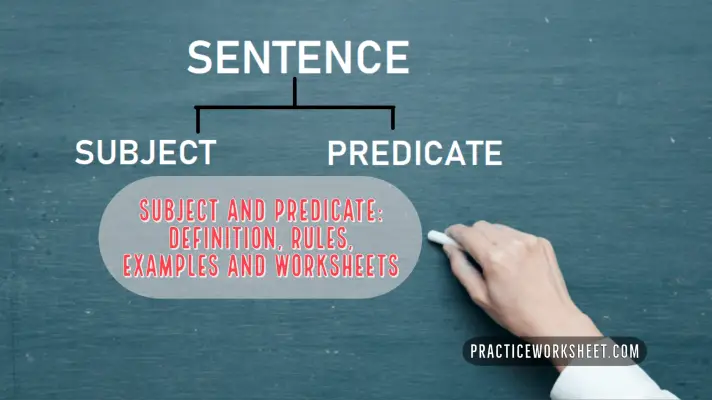
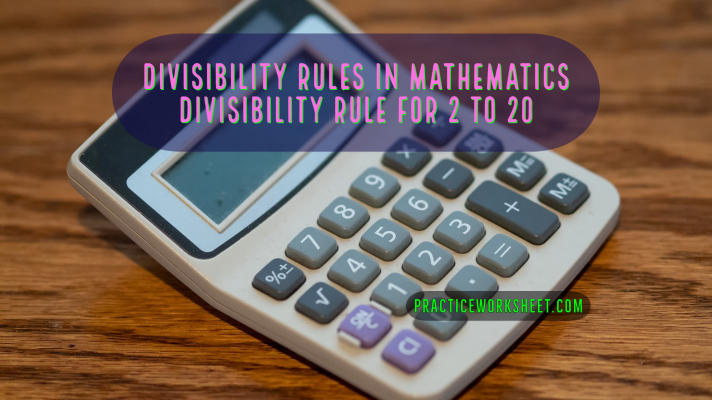
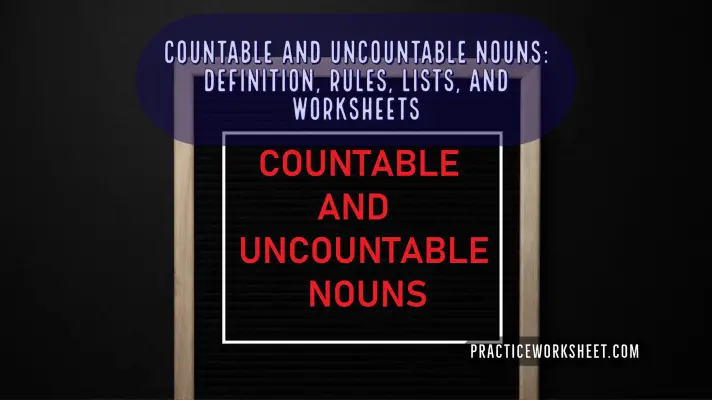
![Worksheet: Place Value, Face Value, Expanded Form and Comparing Numbers [With PDF] Place Value, Face Value, Expanded Form and Comparing Numbers](https://practiceworksheet.com/wp-content/uploads/2020/04/Place-Value-Face-Value-Expanded-Form-and-Comparing-Numbers.png)
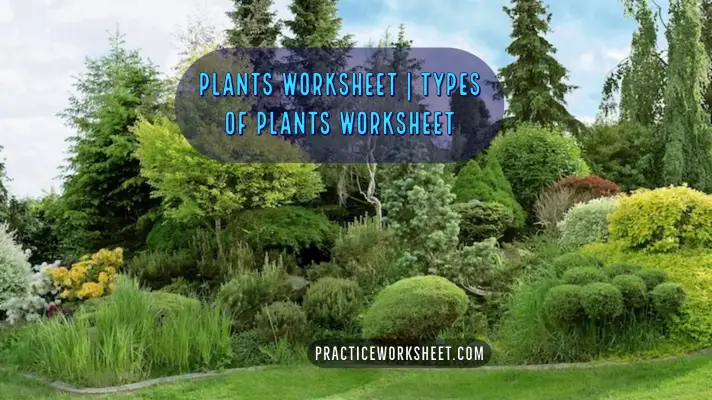
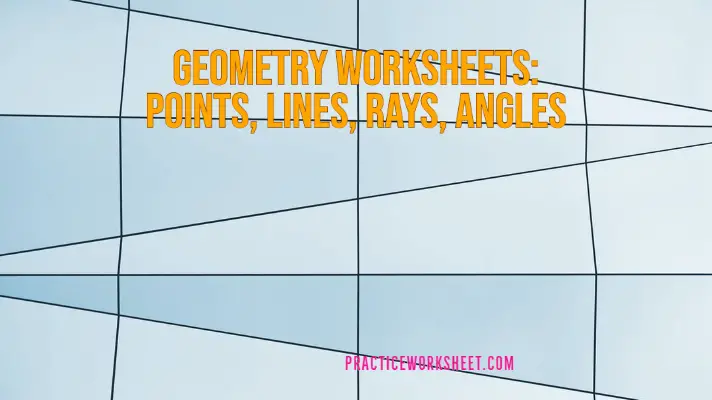
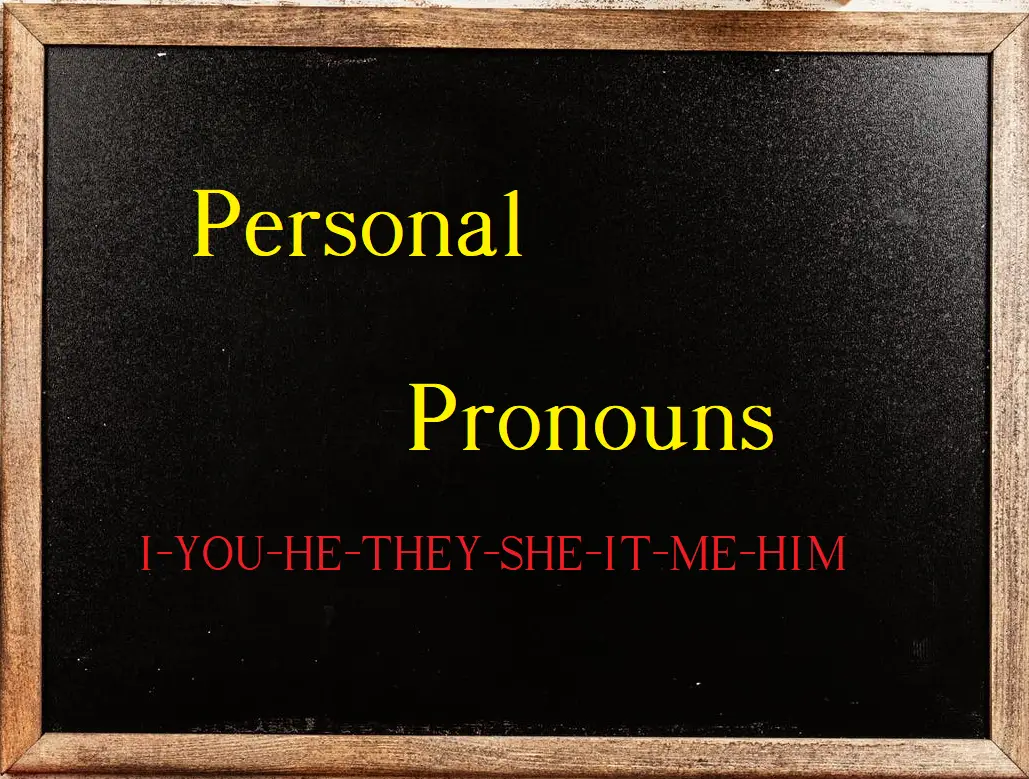
![Place Value Worksheets for Grade 3 [With PDF] Place-Value-Worksheet-Grade-3](https://practiceworksheet.com/wp-content/uploads/2020/01/Place-Value-Worksheet-Grade-3.png)